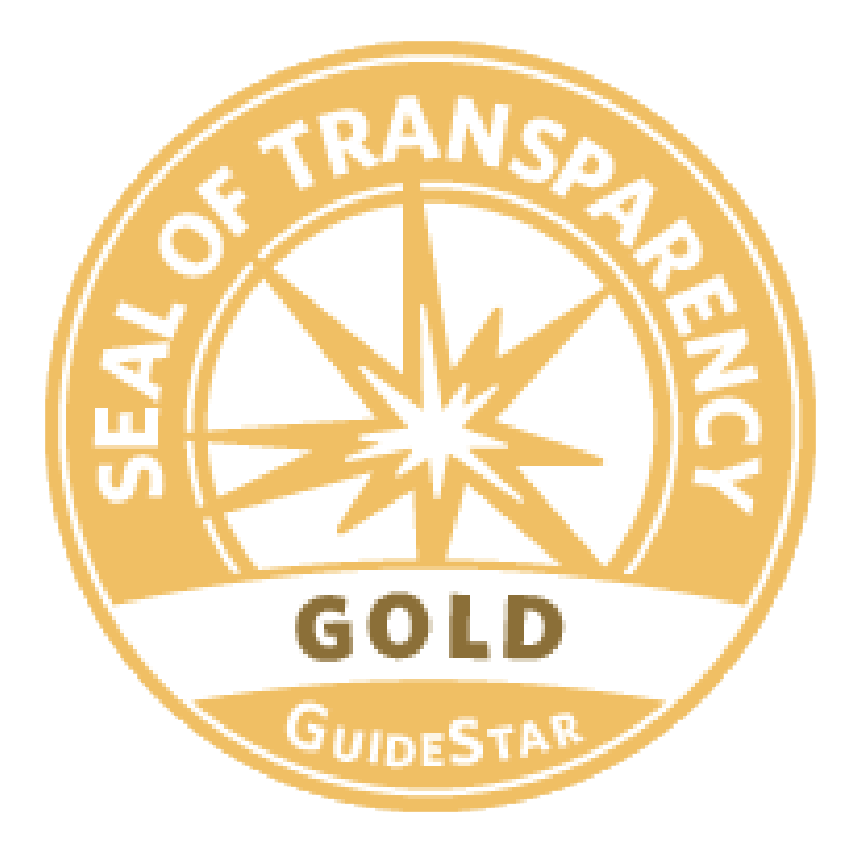About Us
The Williamsburg Botanical Garden and Freedom Park Arboretum showcases plants that support pollinators and other wildlife. It aims to educate visitors about environmental conservation, the importance of native plants and the prevention and control of invasive species. The Garden is located in Freedom Park, approximately one mile from the park entrance at 5537 Centerville Road, Williamsburg, Virginia.
Incorporated in 2002 as a non-profit corporation and dedicated in 2006, the two-acre Garden consists of over 20 distinct garden areas and is focused on using plants to support wildlife. Thousands of visitors come to enjoy the Garden throughout the year. There are two covered pavilions with picnic tables for visitors to use.
The Garden is maintained by a team of dedicated volunteers including Master Gardeners, Master Naturalists, and numerous other enthusiastic community members. Our operations are funded entirely from memberships, donations, grants, and the proceeds of our plant sale.
The Williamsburg Botanical Garden is a 501(c)(3) organization (EIN 03-0473937) that is registered to solicit donations in the Commonwealth of Virginia. All donations and memberships are tax-deductible to the extent allowed by law. The Garden has earned the Gold Seal of Transparency.



